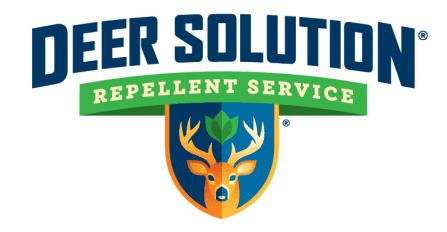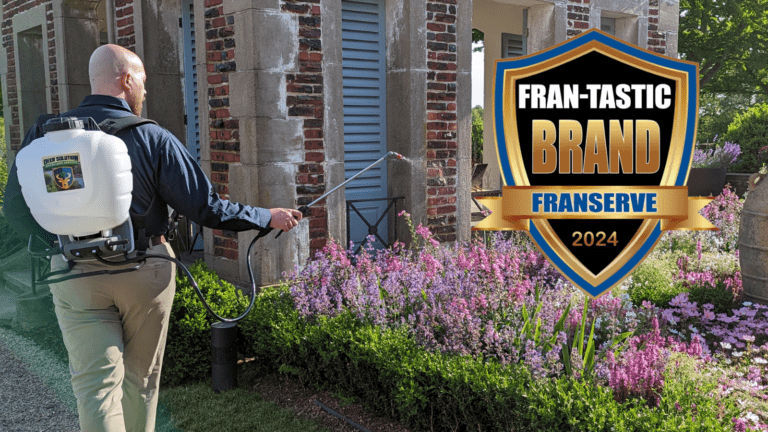Queen Anne’s County, Maryland, finds itself at the forefront of an ecological predicament — the burgeoning deer population. This issue, reflective of a wider trend across the state, has particularly profound implications for the county’s gardens, shrubs, and broader environmental health.
Escalating Deer Numbers
The increase in deer population in Maryland is a concern echoed in Queen Anne’s County.
According to the Maryland Department of Natural Resources, substantial deer harvests across the state signify a thriving deer population. Queen Anne’s County, with its rich, verdant landscapes, has become a prime habitat for these animals.
This burgeoning population leads to frequent deer-human interactions, notably impacting residential gardens and shrubs, and sparking concerns in both suburban and rural settings.
Impact on Gardens and Green Spaces
The growing deer presence is acutely felt in the county’s gardens and landscapes. Residents report increased damage due to deer foraging, which poses a challenge to maintaining the county’s picturesque gardens and landscapes.
The beauty and productivity of these green spaces, vital to the county’s character, are under threat from these four-legged visitors.
The Wider Maryland Context
This issue transcends Queen Anne’s County, affecting neighboring regions such as Anne Arundel County. There, a rise in deer population has led to significant ecological disruptions, including extensive damage to forests and native plants, and an upsurge in deer-vehicle collisions.
Various initiatives, including culling programs, educational campaigns, and collaborations with conservation groups, are being implemented to manage the deer population and control the associated damage.
Allegany County’s Unique Challenges
In Allegany County, the situation is complicated by the emergence of chronic wasting disease among deer populations. This issue adds another layer to the deer management efforts, requiring vigilant monitoring and management to safeguard both the deer population and the local ecosystem.
Forward-Thinking Management Strategies
Addressing the deer overpopulation in Queen Anne’s County calls for a comprehensive and collaborative approach. Strategies being considered include immediate protective measures for gardens and long-term wildlife management plans.
These efforts aim to strike a sustainable balance between human needs and wildlife populations, ensuring ecological harmony.
Community Involvement and Education
An essential component of addressing this challenge is community involvement and education.
Public awareness campaigns and community-led initiatives play a pivotal role in managing deer populations and mitigating their impact. This includes understanding deer behavior, recognizing the signs of deer damage, and adopting best practices for coexisting with the local wildlife.
Economic and Safety Considerations
The economic impact of deer overpopulation cannot be overlooked. From the costs associated with garden damage to the financial implications of deer-vehicle collisions, the economic strain on local communities and individuals is significant.
Moreover, safety concerns, particularly related to increased deer-vehicle collisions, necessitate a proactive approach to managing deer populations.
Queen Anne’s County faces a critical moment in its management of deer populations. The balance between ecological preservation, community safety, and economic considerations requires a concerted effort from all stakeholders.
As the county moves forward, the lessons learned here could serve as a model for other regions grappling with similar wildlife management challenges.












